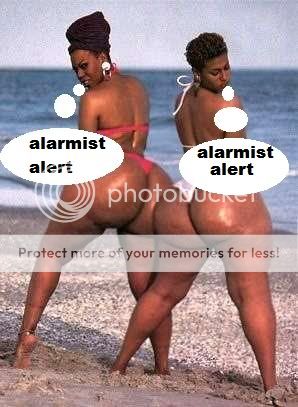Dot Com
Nullius in verba
From the vid:
Every September and October (springtime in the Antarctic) a hole forms in the protective ozone layer over the South Pole.
[ame=http://www.youtube.com/watch?v=k4Ug-NWat04]NOAA's South Pole Ozone Update Oct 1, 2012 - YouTube[/ame]
Last edited:
 I see how Oddball & Frank57 lurk down here all the time LOL
I see how Oddball & Frank57 lurk down here all the time LOL





